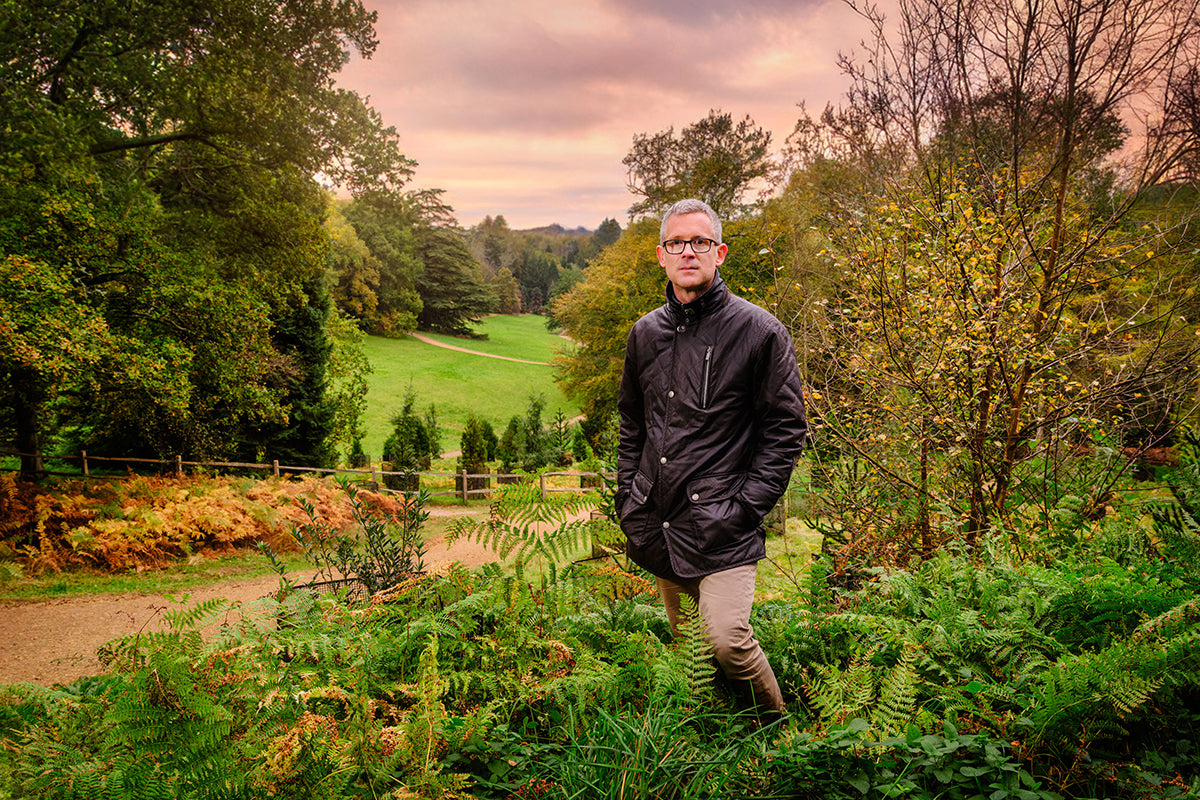Q&A with Ed Iken, Director of Wakehurst

Wakehurst is Kew's wild botanic garden in Sussex.
Tell us about your route into horticulture?
I grew up living and working on a big farm and there was always work to do: strimming, fencing, mowing. After spending all my time in labs, lecture theatres and libraries at university I was desperate to get outside after graduation. I got a job as a trainee in the Royal Landscape at Windsor Great Park and everything flowed from there.
What do you enjoy most about your current role?
The thing I enjoy the most is sparking new ideas and collaborations. I’m surrounded by experts: amazing scientists, educators and horticulturists and I love bringing them together to explore new ways to research biodiversity. I don’t get in the way of our brilliant horticulturists, although I did briefly return to hands-on gardening during the first Covid lockdown. Wakehurst has a total team of 130 people covering everything from horticulture to marketing.
Tell us about some of the key sustainable practices at Wakehurst?
Our main route to sustainability is growing plants and plant communities that need little or no input from us. Our meadows and woodlands need no fertiliser, water or pesticides, we’re using this understanding to shape our gardens.
What are some of the most beautiful sights at Wakehurst?
I love the flow of the Winter Garden, with themes like serpentine rivers of grasses and gleaming frameworks of Himalayan birch trees. My favourite combination, designed by our Gardens Manager Francis Annette, is Himalayan birch, tall red dogwood and bright green carex (sedge), recreating a woodland ground layer.
Tell us about the future plans for Wakehurst?
Our next project will be inspired by the Silk Road, weaving the flora of Kyrgyzstan, Georgia and Armenia into an immersive landscape. All our landscapes are driven by Kew’s international partnerships, centred in the Millennium Seed Bank. There are often opportunities for our team to visit partners, draw inspiration from other floras and collect seeds. I travel a bit, generally to speak about our work and to build partnerships with other institutes.
Finally, what gardens or designers inspire you?
It’s a cliché, but my favourite designer is nature – the wildflowers of the alps are the greatest floral display I’ve ever experienced. Beatrix Farrand was a genius at combining grandeur and intimacy in the same spaces and Keith Whiley’s ability to translate wild plant communities into design is remarkable. Alicia Amherst is an all-but-forgotten champion of female horticulturalists who created a wonderful woodland garden in Dorset.











